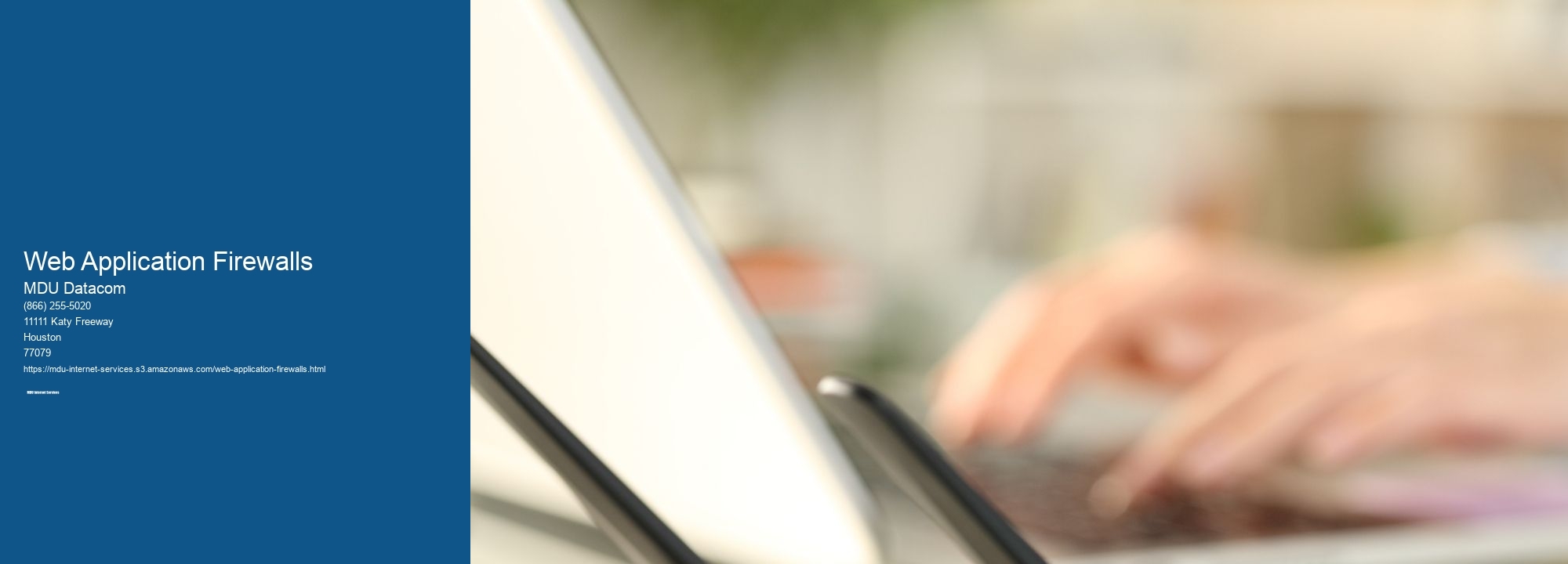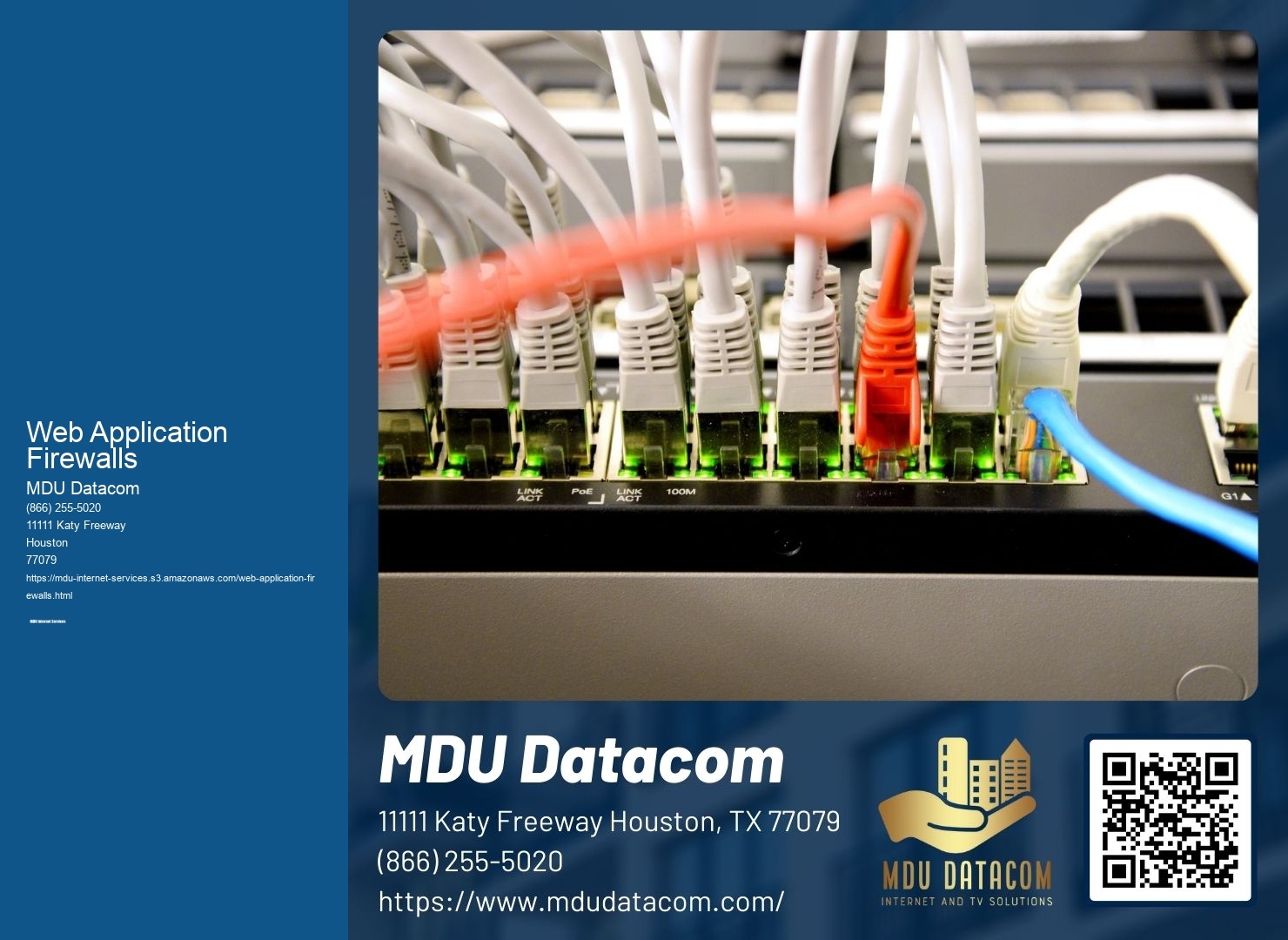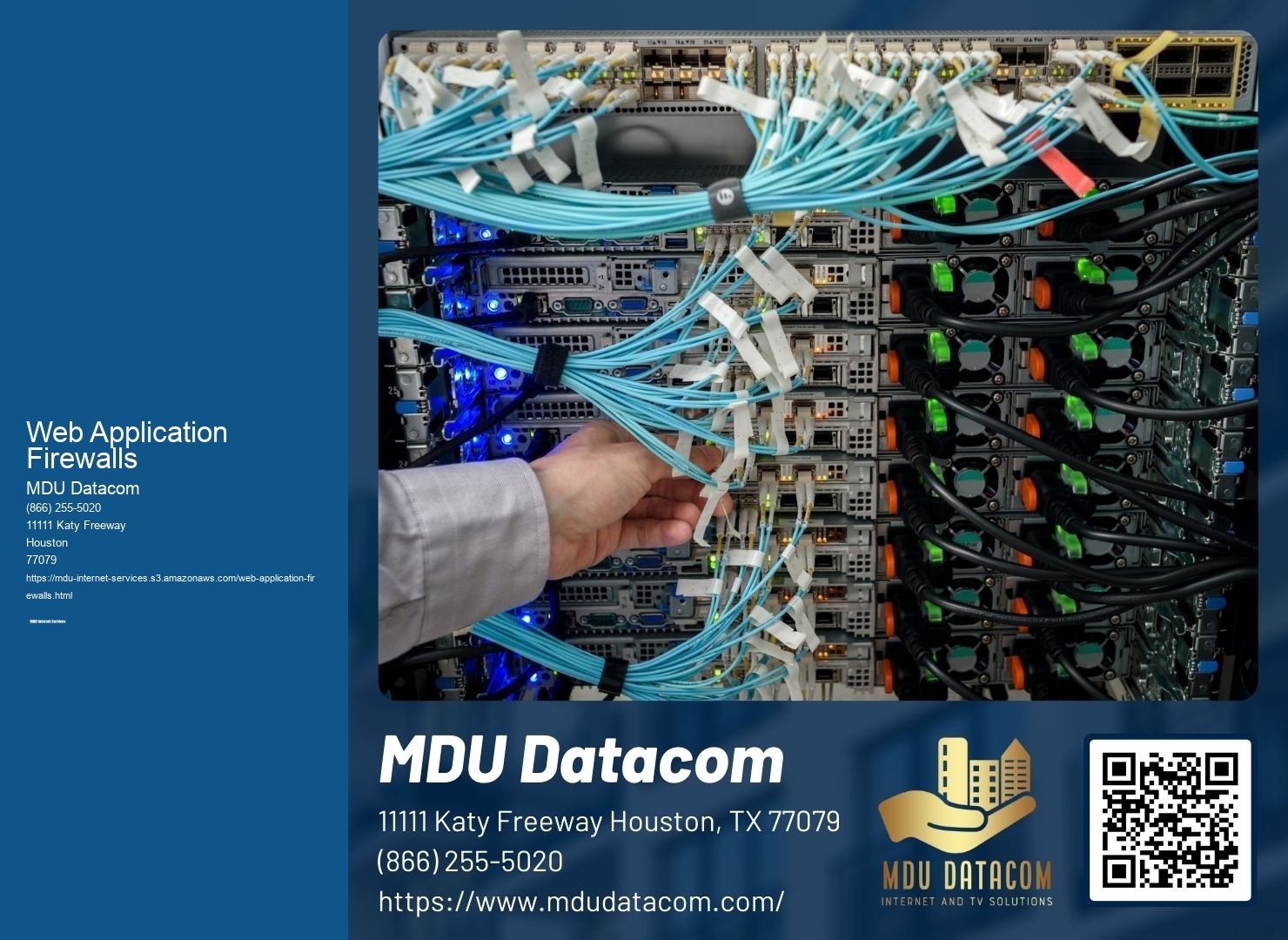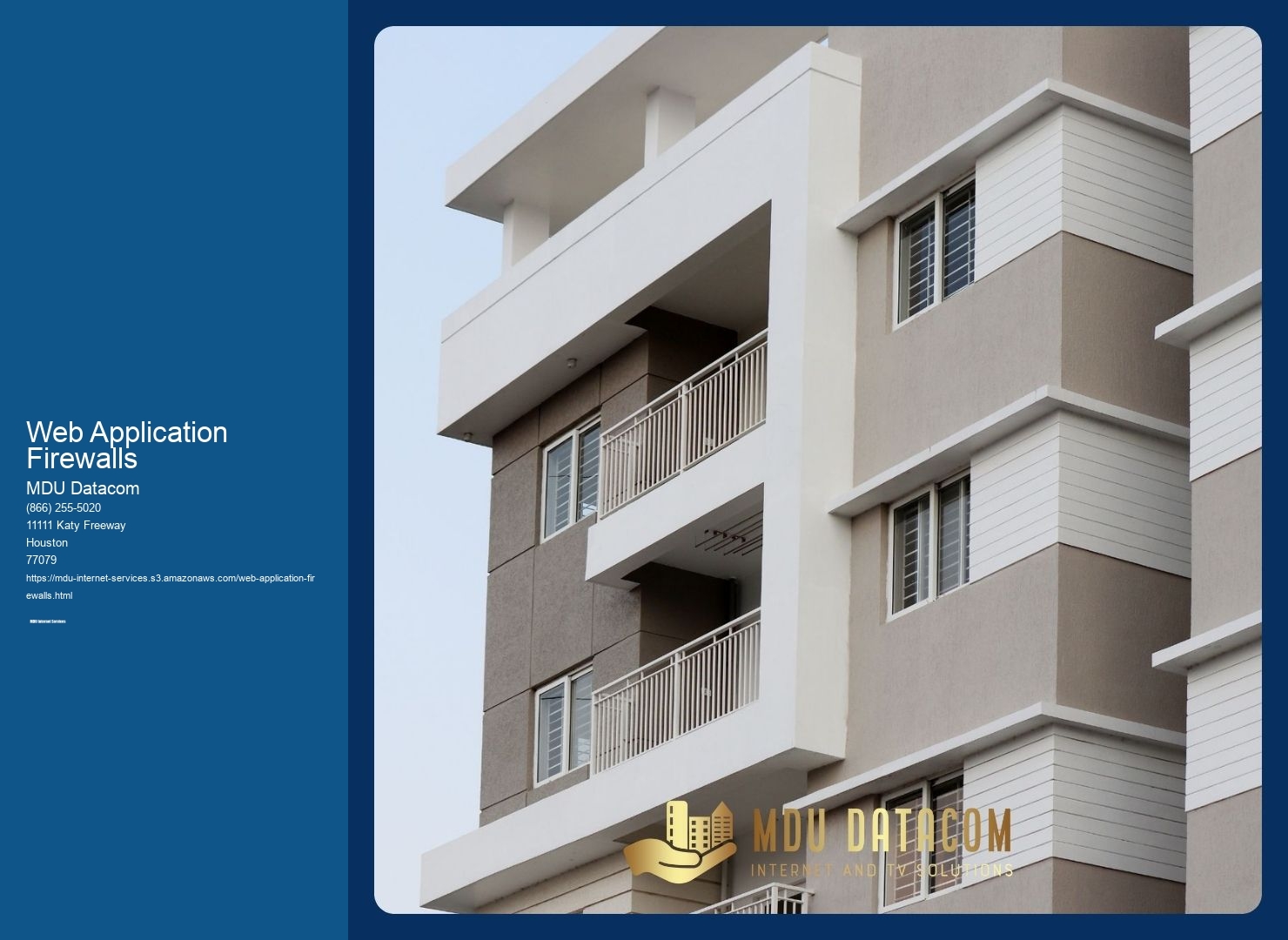

The key components of a disaster recovery plan include a business impact analysis, a communication plan, a data backup and recovery strategy, and a testing and maintenance plan. The business impact analysis identifies the critical business functions and processes that need to be prioritized for recovery. The communication plan outlines how information will be disseminated during a disaster and who will be responsible for communicating with stakeholders. The data backup and recovery strategy outlines how data will be backed up, stored, and recovered in the event of a disaster. The testing and maintenance plan ensures that the disaster recovery plan is regularly tested, updated, and reviewed to ensure its effectiveness.
Fiber Optic Internet for Rental PropertiesA disaster recovery plan should be tested and updated on a regular basis to ensure its effectiveness. It is recommended that organizations test their disaster recovery plan at least once a year, or whenever there are significant changes to the organization's infrastructure, systems, or processes. Testing can involve conducting tabletop exercises, simulations, or full-scale drills to assess the plan's effectiveness and identify any areas for improvement. Additionally, the plan should be updated whenever there are changes to the organization's operations, technology, or regulatory requirements. Multifamily Housing Internet Services By regularly testing and updating the plan, an organization can ensure that it remains relevant and effective in the face of evolving threats and vulnerabilities.
A disaster recovery plan should address a wide range of potential disasters, including natural disasters such as earthquakes, hurricanes, floods, and wildfires. It should also address man-made disasters such as cyberattacks, power outages, equipment failures, and human errors. Additionally, the plan should consider the potential impact of pandemics, terrorist attacks, and other unforeseen events. By addressing a variety of potential disasters, an organization can be better prepared to respond and recover from any type of crisis.

Best practices for data backup and recovery in a disaster recovery plan include implementing regular and automated backups, storing backups in multiple locations, and regularly testing the restoration process. It is important to have redundant backups to ensure that data can be recovered even if one backup fails. Backups should be stored offsite, preferably in geographically diverse locations, to protect against physical damage or loss. Regular testing of the restoration process helps to identify any issues or gaps in the backup and recovery strategy.
To ensure the continuity of critical business operations during a disaster, an organization can implement measures such as establishing alternate work locations, implementing remote work capabilities, and prioritizing essential functions. By having alternate work locations, such as backup offices or remote workspaces, employees can continue to perform their duties even if the primary location is inaccessible.

A web application firewall (WAF) is a security tool designed to protect web applications from various types of attacks. It acts as a filter between the web application and the internet, monitoring and analyzing incoming and outgoing traffic. A WAF works by examining the HTTP/HTTPS requests and responses, looking for suspicious or malicious activity.
Web application firewalls can protect against a wide range of attacks. Some common types of attacks that a WAF can defend against include SQL injection, where an attacker tries to manipulate a web application's database by injecting malicious SQL code; cross-site scripting (XSS), where an attacker injects malicious scripts into a web application to steal sensitive information or perform unauthorized actions; and cross-site request forgery (CSRF), where an attacker tricks a user into performing unintended actions on a web application. Other attacks that a WAF can protect against include remote file inclusion, directory traversal, and brute force attacks.

Residents of MDUs have the option to request customized billing options or payment plans for their internet services. These options can be tailored to meet the specific needs and preferences of the residents, allowing them to have more control over their billing and payment arrangements. Whether it is a monthly payment plan, a bi-monthly billing cycle, or a flexible payment schedule, residents can work with their internet service provider to find a solution that suits their financial situation. Additionally, residents may also have the option to choose from various payment methods, such as online payments, automatic deductions, or traditional paper checks. By offering these customized billing options and payment plans, MDU internet service providers aim to enhance customer satisfaction and ensure that residents can enjoy uninterrupted and affordable internet services.
MDU does not currently offer any rewards programs specifically for loyal customers or frequent internet users. However, they do provide various packages and plans that cater to different needs and usage levels. These packages often include features such as high-speed internet, cable TV, and phone services. While there may not be a specific rewards program in place, MDU strives to provide reliable and efficient internet services to all its customers, ensuring a satisfactory experience for both loyal and frequent users.
Residents in MDU properties have the ability to customize their internet speed according to their specific needs and preferences. With the advancement of technology and the increasing demand for high-speed internet, MDU properties have implemented various options for residents to choose from. These options include different internet service providers, packages, and plans that cater to different internet speeds. Residents can select the package that best suits their requirements, whether it be for basic browsing, streaming, gaming, or other online activities. Additionally, some MDU properties may offer the flexibility for residents to upgrade or downgrade their internet speed as needed, providing them with the freedom to adjust their internet connection based on their changing needs.
MDU, or Multi-Dwelling Unit, handles requests for additional network infrastructure within properties by following a systematic approach. When a request is received, MDU assesses the existing network infrastructure and evaluates the feasibility of accommodating the additional requirements. This involves considering factors such as the capacity of the current network, the availability of resources, and the potential impact on the overall network performance. MDU may collaborate with network engineers and technicians to design and implement the necessary upgrades or expansions. They may also coordinate with property owners or managers to ensure minimal disruption to residents during the installation process. Additionally, MDU may conduct regular maintenance and monitoring to ensure the continued efficiency and reliability of the network infrastructure.
MDU, also known as Multi-Dwelling Units, does not currently offer any specific perks or discounts for residents who choose to pay for internet services annually. However, it is worth noting that some MDU providers may offer promotional deals or bundle packages that could potentially result in cost savings for residents. These deals may include discounted rates for internet services when bundled with other utilities such as cable TV or phone services. Additionally, residents may also have the option to negotiate with their MDU provider for a discounted rate or special offer when signing up for annual internet services. It is recommended that residents inquire directly with their MDU provider to explore any available discounts or perks for annual internet service payments.
MDU, or Multi-Dwelling Unit, providers have developed efficient strategies to handle requests for internet service upgrades in properties with high turnover rates or short-term rentals. These providers understand the unique challenges posed by such properties and have tailored their services accordingly. They offer flexible plans that cater to the needs of short-term tenants, allowing them to easily upgrade or downgrade their internet service as per their requirements. Additionally, MDU providers have implemented streamlined processes for handling service requests, ensuring quick and efficient upgrades for new tenants. They also employ advanced technology and infrastructure to deliver high-speed internet to these properties, ensuring a seamless and reliable internet experience for all residents, regardless of their length of stay.
Residents of MDU (multi-dwelling unit) internet services have the option to request static IP addresses for their devices. This feature allows them to have a fixed and unchanging IP address for their devices, which can be beneficial for various reasons. With a static IP address, residents can have more control over their network and easily access their devices remotely. Additionally, it can be useful for running servers, hosting websites, or setting up virtual private networks (VPNs). By requesting a static IP address, residents can ensure a stable and reliable connection for their devices within the MDU internet services.
Yes, MDU (Multi-Dwelling Unit) providers typically offer internet service guarantees or service level agreements (SLAs) to their customers. These agreements outline the level of service that the provider commits to delivering, including factors such as network availability, reliability, and performance. SLAs may specify metrics such as uptime percentage, response time for issue resolution, and bandwidth speeds. By offering these guarantees, MDU providers aim to ensure that their customers receive a consistent and reliable internet service, and provide recourse in case of any service disruptions or performance issues.